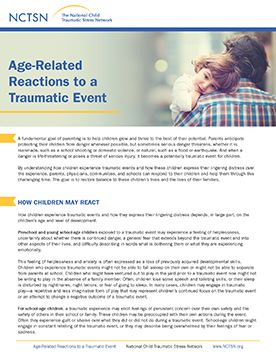
Age-Related Reactions to a Traumatic Event
Describes how young children, school-age children, and adolescents react to traumatic events and offers suggestions on how parents and caregivers can help and support them.
A tsunami is a series of large powerful waves that come from the underwater movement that occurs naturally with earthquakes, volcanic eruptions, landslides, or meteorites. Tsunamis can occur at any time of the year, day or night, but they are not very common (occurring approximately once per year). The waves can travel fast—up to 500 mph. Distant tsunamis, generated by far-off underwater movement, won’t reach the coast for several hours and allow time for formal warnings. Local tsunamis, however, are generated by a strong, near-offshore underwater movement (usually an earthquake) and reach the coast minutes after the ground stops shaking and with little warning. Tsunamis can cause massive loss of life or injury and significant destruction to property and infrastructure. While it is possible that a tsunami could strike anywhere along the entire coastline of the U.S., the most damaging tsunamis have hit the coasts of American Samoa, Hawaii, Alaska, Washington, Oregon, and California.
Being prepared beforehand is the best way to help children and family members recover after a tsunami. Communities at risk for tsunamis should take an active role in encouraging their residents to be ready. The National Weather Service has two warning centers (Pacific Tsunami Warning Center in Hawaii and West Coast and Alaska Tsunami Center in Alaska). The officials at these warning centers can alert emergency managers in coastal communities of the potential of a distant tsunami. To improve preparedness, families should:
Knowing what to do right before and during a tsunami can help families feel more in control and take steps to increase their safety. Consider the following:
When a tsunami watch or advisory is issued, families should:
When residing near the coast or when a tsunami warning is issued, families should:
To address children’s reactions during a tsunami, parents and caregivers can:
Tsunamis can occur with very little warning, which can heighten the fear and intensity of experiencing one and can also lead to greater loss of life and injuries. Tsunamis can pose an extreme psychological challenge to the recovery of children and families, who may have suffered life-threatening personal experiences, the loss of loved ones and property, total disruption of daily routines and expectations for the future, post-disaster adversities, and enormous economic impact.
Children will react differently to tsunamis depending on their age, developmental level, and prior experiences. Some typical reactions children may exhibit after a tsunami include the following:
After a tsunami, most families will recover over time, particularly with the support of family, friends, and organizations. Children’s functioning and recovery will be influenced by how their parents and caregivers cope after the tsunami. Children often turn to adults for information, comfort, and help. To assist children, parents and caregivers can model being calm, using effective problem-solving to handle stressful situations, and using positive coping to respond to tsunami reminders. Parents and caregivers can also help children return to a consistent routine that provides opportunities for the family to spend time together, as children may need additional attention and comfort. Parents and caregivers should be honest when answering questions about the tsunami and its aftermath and provide information at a developmentally appropriate level. Parents and caregivers should also monitor themselves and their children for reactions that worsen or persist more than six weeks after the tsunami and seek additional help.
Below are resources to support children, families, and communities recover after a tsunami.

Describes how young children, school-age children, and adolescents react to traumatic events and offers suggestions on how parents and caregivers can help and support them.
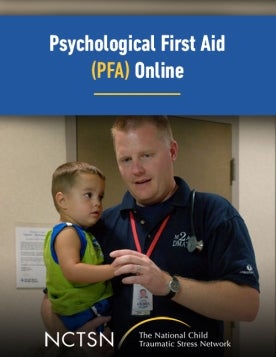
Includes a 5-hour interactive course that puts the participant in the role of a provider in a post-disaster scene. This course is for individuals new to disaster response who want to learn the core goals of PFA, as well as for seasoned practitioners who want a review.

Ofrece ideas de actividades para padres y cuidadores cuyas familias se están refugiando en el lugar, sin electricidad y recuperándose de un huracán u otro evento.
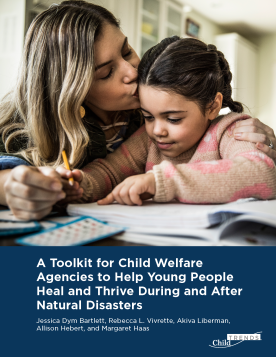
Helps child welfare agencies support children and youth during and after natural disasters. This toolkit is for child welfare staff, supervisors, and administrators who work with and on behalf of children, youth, and families who experience a natural disaster.
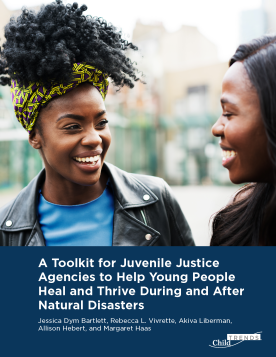
Helps juvenile justice agencies support children and youth during and after natural disasters. This toolkit is for juvenile justice staff, supervisors, and administrators who work with and on behalf of children, youth, and families who experience a natural disaster.
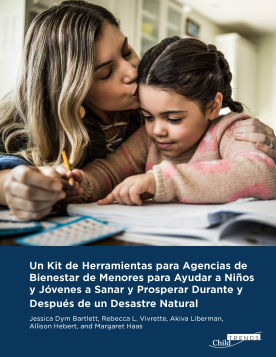
Ayuda a las agencias de bienestar infantil a apoyar a los niños y jóvenes durante y después de los desastres naturales.
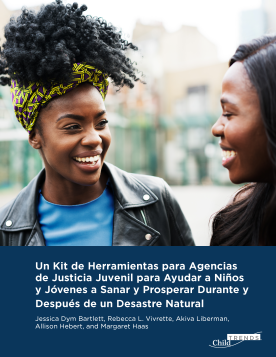
Ayuda a las agencias de justicia juvenil a apoyar a los niños y jóvenes durante y después de los desastres naturales.
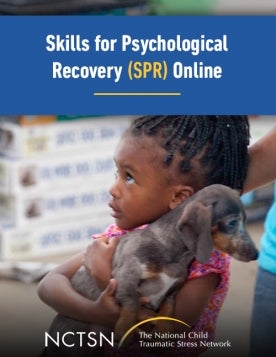
Aims to help survivors gain skills to manage distress and cope with post-disaster stress and adversity. This course utilizes skills-building components from mental health treatment that have been found helpful in a variety of post-trauma situations.
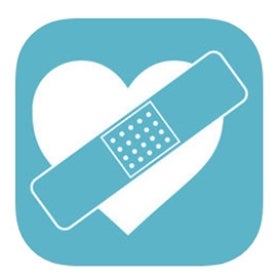
Helps parents talk to their kids about the disasters they may face and know how best to support them throughout—whether sheltering-in-place at home, evacuating to a designated shelter, or helping your family heal after reuniting.
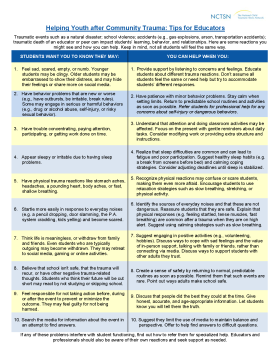
Lists common reactions educators might see in the students with whom they work and suggestions on how they may help after community trauma.
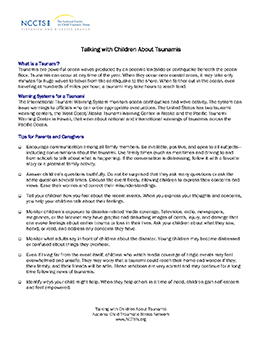
Provides information on how to talk to children about tsunamis. This tip sheet describes what a tsunami is, how warning systems for tsunamis work, and tips for parents and caregivers on how to talk to children about tsunamis.
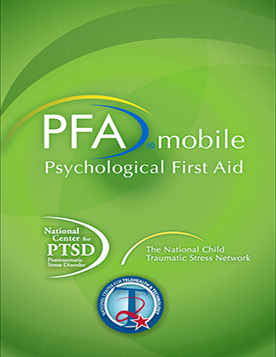
Lets responders review PFA guidelines and assess their readiness to deliver PFA in the field.